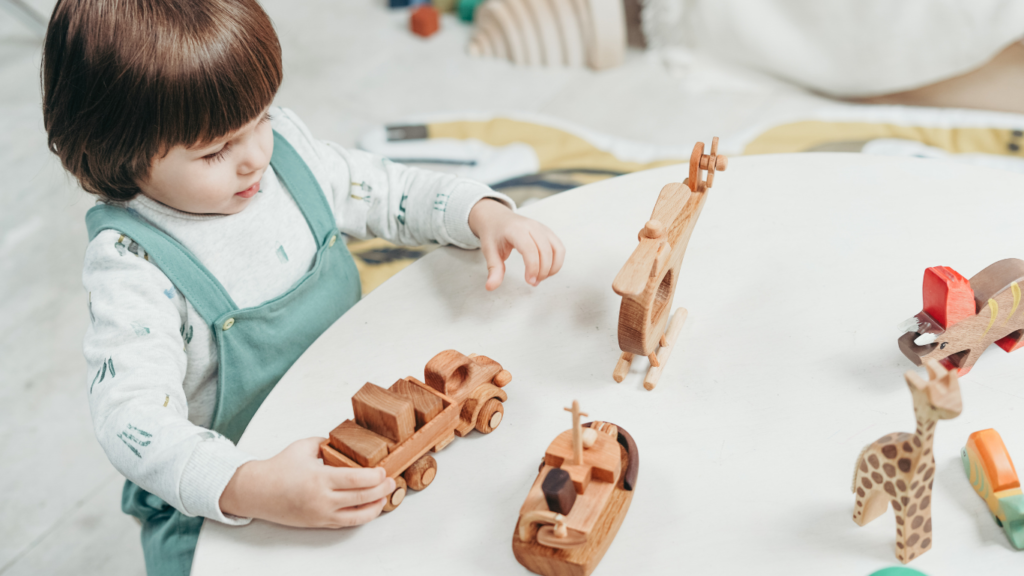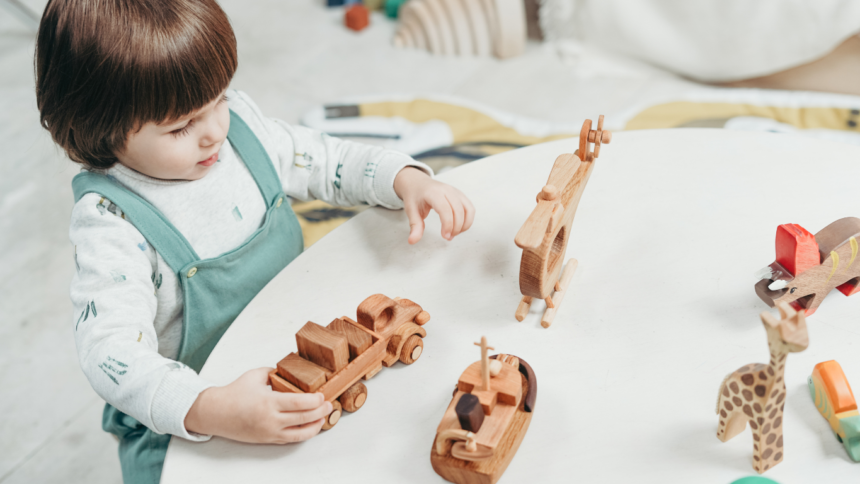Unlock the secrets behind Lovevery’s innovative approach to childhood development with a closer look at their highly acclaimed products.

Table of Contents
Welcome, curious minds! Today, we embark on a delightful journey into the whimsical world of Lovevery, a company that has taken the concept of product design to a whole new level by integrating the wondrous world of children’s development psychology. Let’s dive deep into the innovative product design concept of Lovevery and discover how they artfully blend playfulness with purpose.
Lovevery’s Product Design Concept
When it comes to creating toys and tools for children, Lovevery believes in a holistic approach that goes beyond mere entertainment. Their product design concept revolves around three key principles: age-appropriate play, high-quality materials, and simplicity in design.
Lovevery understands that each stage of a child’s development is unique and requires tailored play experiences. By carefully curating toys and activities that cater to specific age groups, they ensure that children are engaged in activities that are not only fun but also beneficial for their growth.
Moreover, Lovevery places a strong emphasis on using sustainable and eco-friendly materials in their products. From wooden toys to organic fabrics, every item is thoughtfully chosen to minimize environmental impact and provide a safe play environment for children.
Their design philosophy also embraces simplicity and minimalism, steering away from overwhelming sensory stimuli and focusing on fostering creativity and imagination in children.
Integrating Children’s Development Psychology into Products
One of Lovevery’s core strengths lies in their deep understanding of children’s development psychology and how it shapes the design of their products. By drawing insights from child development experts and research, Lovevery ensures that every toy and activity is purposefully crafted to support cognitive, physical, and emotional growth.
Their team delves into the intricacies of different developmental stages, mapping out the milestones that children reach as they grow. This meticulous approach allows Lovevery to create products that are not only age-appropriate but also enriching in terms of skill-building and learning.
Collaboration plays a vital role in Lovevery’s product development process. By working closely with child psychologists and educators, they gain valuable insights that help shape their products and make them more effective in nurturing a child’s development.
Case Study: Lovevery Play Kits
One shining example of Lovevery’s innovative product design is their renowned Play Kits. These kits are thoughtfully curated for different age groups, starting from newborns to toddlers, with each kit containing a selection of toys and activities designed to stimulate various areas of development.
For instance, the Play Kits for infants focus on sensory exploration and motor skill development, featuring items like crinkly toys and soft blocks. As children grow, the kits evolve to include activities that encourage problem-solving, imaginative play, and social interaction, all tailored to their stage of development.
Customer feedback on Lovevery Play Kits has been overwhelmingly positive, with parents praising the thoughtfulness and educational value of the curated toys. Many have shared stories of watching their children flourish and learn through play, thanks to the carefully designed items in the kits.
Tips for Designing Products with Children’s Development in Mind
For businesses looking to follow in Lovevery’s footsteps and integrate children’s development psychology into their products, here are some valuable tips to consider:
First and foremost, invest time in researching child development milestones and understanding the nuances of each stage. This foundational knowledge will guide you in creating products that are not only age-appropriate but also beneficial for children’s growth.
Test your products with children and gather feedback from parents to ensure that they are engaging and effective in supporting development. Observing how children interact with your toys can provide valuable insights for refining and improving your designs.
Stay abreast of the latest research and trends in child psychology to continuously evolve and adapt your product offerings. The field of child development is ever-evolving, and it’s essential to stay informed and incorporate new findings into your design process.
Conclusion
As we bid adieu to our exploration of Lovevery’s innovative product design concept, let’s reflect on the magic that happens when playfulness meets purpose. By prioritizing children’s development psychology in product design, companies like Lovevery are not just creating toys – they are shaping experiences that enrich young minds and foster growth.








![Just released: Share Advisor's latest lower-risk, higher-yield recommendation [PREMIUM PICKS]](https://getmoneyskills.net/wp-content/uploads/2024/04/Just-released-Share-Advisors-latest-lower-risk-higher-yield-recommendation-PREMIUM-PICKS-150x150.jpg)


